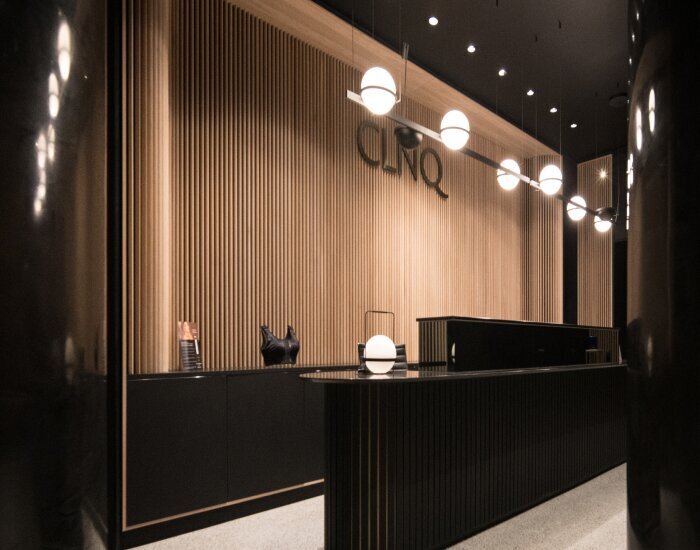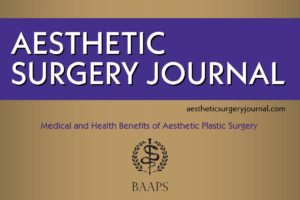Diastasis recti is a condition where the two parallel bands of muscles in the abdomen, known as the rectus abdominis, separate along the midline. These muscles are commonly referred to as the ‘six pack’ muscles. This condition is particularly common in pregnant women but can also occur in men and non-pregnant women due to various causes. The separation happens because of a stretching of the linea alba, the connective tissue that runs down the middle of the abdomen, holding the two sides of the rectus abdominis together.

What Causes Diastasis Recti?
The primary cause of diastasis recti is an increase in intra-abdominal pressure, which stretches the linea alba. This increase in pressure can be due to several factors:
- Pregnancy: This is the most common cause of diastasis recti. As the uterus expands to accommodate the growing baby, it pushes against the abdominal wall, stretching the muscles and the connective tissue. The hormonal changes during pregnancy, particularly the increase in relaxin and progesterone, also soften the connective tissues, making them more susceptible to stretching.
- Obesity: Excess body weight, especially around the abdomen, can increase pressure on the abdominal muscles and connective tissues, leading to diastasis recti.
- Heavy Lifting or Strain: Repeatedly lifting heavy objects without proper core support can cause or exacerbate diastasis recti. This can occur in men or women who engage in heavy lifting, such as bodybuilders, or in individuals whose jobs require significant physical labour.
- Chronic Coughing: Conditions that cause chronic coughing, such as chronic obstructive pulmonary disease (COPD) or asthma, can increase intra-abdominal pressure, leading to diastasis recti over time.
- Improper Exercise Techniques: Certain exercises that put undue strain on the abdominal muscles, especially when done improperly, can contribute to the development of diastasis recti.
How Can You Improve Diastasis Recti Without Surgery?
While surgery is an option for treating diastasis recti, many non-surgical methods can help improve the condition, especially in mild to moderate cases. These methods focus on strengthening the core muscles, reducing intra-abdominal pressure, and improving overall muscle tone. Here are some strategies:
Physical Therapy: A physical therapist can design a specific exercise program that targets the deep core muscles, particularly the transverse abdominis, which acts as a natural corset to the abdomen. Exercises such as pelvic tilts, modified planks, and deep core engagement exercises can help.
Core Strengthening Exercises: These exercises focus on the muscles of the core, including the transverse abdominis, obliques, and pelvic floor muscles. Examples include:
- Pelvic Tilts: Lying on your back with knees bent, gently tilt your pelvis to flatten your lower back against the floor.
- Transverse Abdominal Breathing: This involves taking deep breaths and engaging the deep core muscles by pulling the belly button towards the spine.
- Leg Slides: Lying on your back with knees bent, slide one leg out while keeping the core engaged, then return to the starting position.
Posture Improvement: Maintaining proper posture throughout daily activities can reduce pressure on the abdominal muscles and help in the healing process. Avoid slouching and try to keep your back straight with your core engaged when sitting or standing.
Wearing a Supportive Garment: Wearing a supportive abdominal binder or girdle can help hold the abdominal muscles together, providing support as they heal and strengthen.
Avoiding Straining Activities: Activities that increase intra-abdominal pressure, such as heavy lifting or certain intense exercises, should be avoided until the diastasis recti improves.
Diet and Weight Management: Maintaining a healthy weight can reduce the pressure on the abdominal muscles. A balanced diet that supports muscle health and connective tissue integrity can also aid in recovery.
Emsculpt Neo: The Emsculpt Neo is a radiofrequency and high frequency muscle stimulation device which has been shown in studies to reduce the separation of the recti or six pack muscles.

What is Diastasis Recti Surgery?
Diastasis recti surgery, also known as abdominoplasty or “tummy tuck,” is a surgical procedure designed to correct the separation of the rectus abdominis muscles. This surgery is typically considered when non-surgical methods fail to improve the condition, or when the separation is severe and associated with symptoms like back pain, poor posture, or hernias.
Am I Suitable for Diastasis Recti Surgery?
To determine if you are a suitable candidate for diastasis recti surgery, a thorough evaluation by MR Nassab, plastic surgeon, is necessary. However, some general guidelines can help you understand whether surgery might be a good option for you:
- Persistent Separation: If you have tried non-surgical methods, such as physical therapy and exercise, for at least 6 to 12 months without significant improvement, surgery might be an option.
- Severe Diastasis Recti: Surgery is often recommended for individuals with severe diastasis recti, where the separation is more than 2.7 cm (about one inch) or is associated with a noticeable bulge in the abdomen.
- Symptomatic Cases: If your diastasis recti is causing symptoms like chronic back pain, poor posture, urinary incontinence, or digestive issues, surgery might be considered to alleviate these symptoms.
- Post-Pregnancy: Women who have completed their families and do not plan to have more children are typically better candidates for surgery, as another pregnancy could cause the diastasis to recur.
- Overall Health: Candidates should be in good general health, without conditions that would significantly increase the risks associated with surgery. This includes being at a stable, healthy weight and not having significant underlying health issues.
- Realistic Expectations: Candidates should have realistic expectations about the outcomes of surgery. While diastasis recti surgery can significantly improve the appearance of the abdomen and relieve symptoms, it is important to understand the risks and potential complications.
What Are the Benefits of Diastasis Recti Surgery?
Diastasis recti surgery offers several benefits, particularly for those with severe cases or those who have not found relief through non-surgical methods. The benefits include:
- Improved Abdominal Appearance: The most noticeable benefit is the restoration of a flatter, more toned abdominal profile. The surgery can significantly reduce or eliminate the bulge caused by diastasis recti.
- Symptom Relief: Surgery can alleviate symptoms associated with diastasis recti, such as lower back pain, pelvic discomfort, and digestive issues. It can also improve core strength and stability, leading to better posture.
- Reduced Risk of Hernias: Diastasis recti can sometimes lead to hernias, where abdominal contents push through the weakened connective tissue. By repairing the separation, surgery can reduce the risk of hernia formation.
- Enhanced Quality of Life: Many patients report improved self-confidence and quality of life following diastasis recti surgery, particularly if the condition has caused significant physical or emotional distress.
How is Diastasis Recti Surgery Performed?
Diastasis recti surgery is usually performed as part of an abdominoplasty procedure. Here’s a general overview of how the surgery is conducted:
- Anaesthesia: The surgery is typically performed under general anaesthesia, meaning you will be asleep during the procedure.
- Incision: A horizontal incision is made just above the pubic area. The length of the incision depends on the extent of the correction needed but is generally made to be as discreet as possible.
- Muscle Repair: We will then access the abdominal muscles through this incision. The rectus abdominis muscles are brought back together and stitched into place, creating a firmer, flatter abdominal wall.
- Excess Skin Removal: If the surgery is part of a full abdominoplasty, we will also remove excess skin and fat from the lower abdomen. This is particularly common in post-pregnancy cases where the skin has been stretched significantly.
- Closure: The incision is then closed with sutures which are dissolvable and then dressed.
- Recovery: After the surgery, patients usually stay in the hospital overnight before being discharged. Full recovery can take several weeks, during which patients are advised to avoid heavy lifting and strenuous activities.
How Much Does Diastasis Recti Surgery Cost?
The cost of diastasis recti surgery can vary widely depending on several factors:
- Location: The cost can vary significantly depending on where you have the surgery performed. In major cities like London, costs might be higher than in other parts of the UK.
- Surgeon’s Expertise: The experience and reputation of the surgeon can also influence the cost. Highly experienced surgeons may charge more for their services.
- Hospital Fees: The cost of the hospital or surgical facility where the procedure is performed will also be a factor. This includes the cost of anaesthesia, operating room fees, and post-operative care.
- Extent of Surgery: The complexity of the surgery and whether it includes additional procedures such as a full abdominoplasty or extended abdominoplasty with liposuction will also impact the cost.
In the UK, the cost of diastasis recti surgery is included in the full tummy tuck price. Mr Nassab provides a full tummy tuck, muscle repair and liposuction from £12000.
Conclusion
Diastasis recti is a common condition, particularly after pregnancy, that can cause a variety of symptoms and cosmetic concerns. While non-surgical methods such as physical therapy and core strengthening exercises can be effective for many people, surgery is sometimes necessary for those with severe diastasis. To find out more if you are suitable for diastasis recti surgery, book a consultation with award winning celebrity plastic surgeon Mr Reza Nassab in Manchester or Cheshire.










